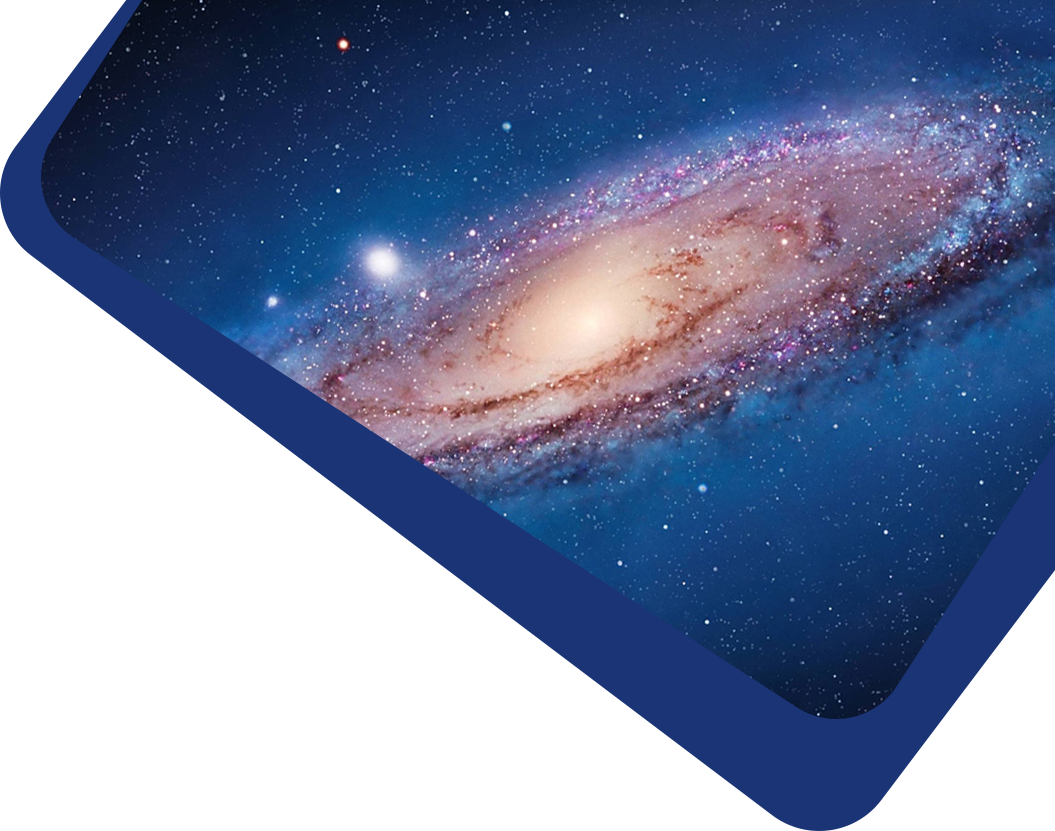

Abstract The sizes of astronomical surveys in different wavebands are increasing rapidly. Therefore, automatic classification of objects is becoming ever more important. We explore the performance of learning vector quantization (LVQ) in classifying multi-wavelength data. Our analysis concentrates on separating active sources from non-active ones. Different classes of X-ray emitters populate distinct regions of a multidimensional parameter space. In order to explore the distribution of various objects in a multidimensional parameter space, we positionally cross-correlate the data of quasars, BL Lacs, active galaxies, stars and normal galaxies in the optical, X-ray and infrared bands. We then apply LVQ to classify them with the obtained data. Our results show that LVQ is an effective method for separating AGNs from stars and normal galaxies with multi-wavelength data.
Keywords method: data analysis --- method: statistical --- catalogs
It accepts original submissions from all over the world and is internationally published and distributed by IOP